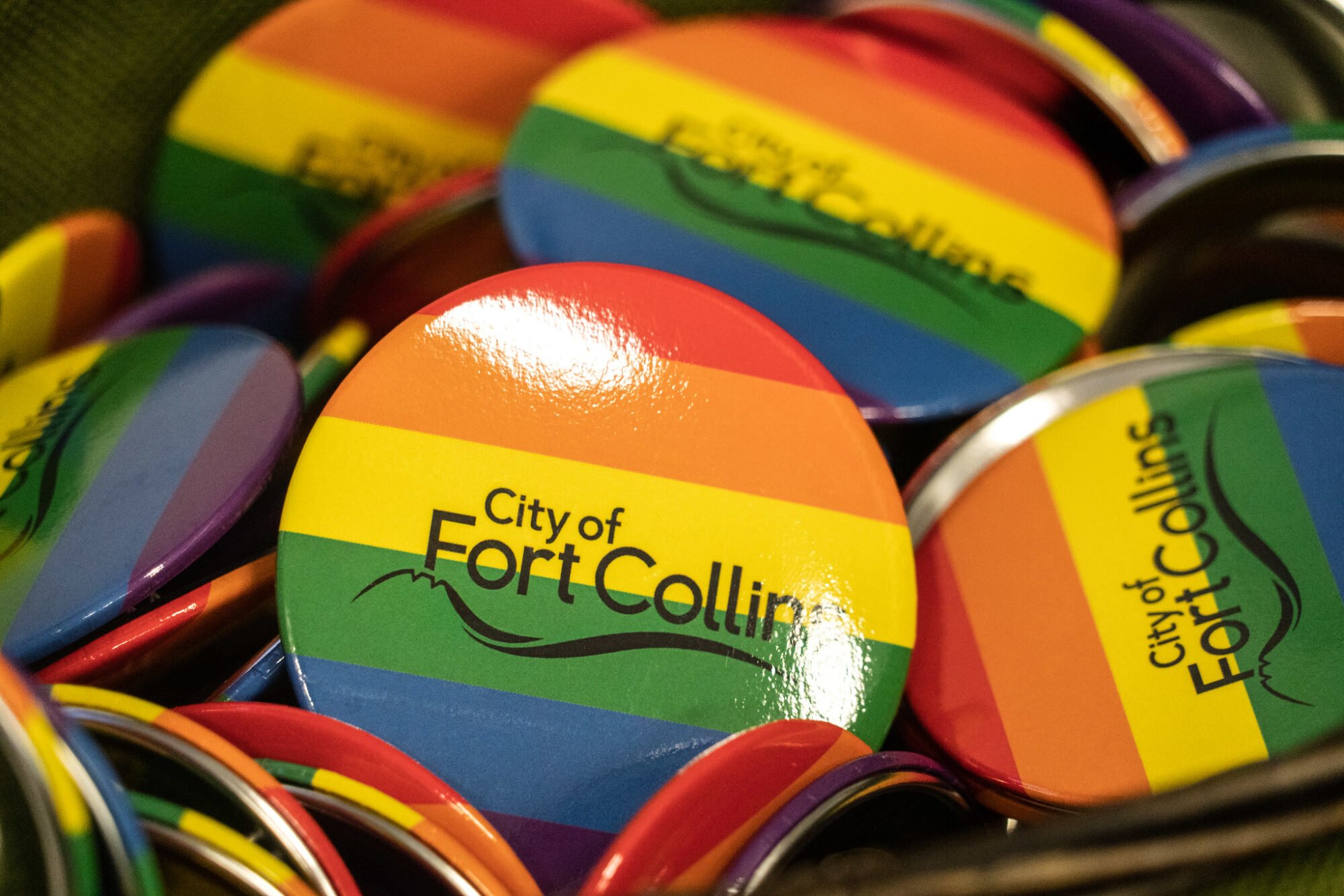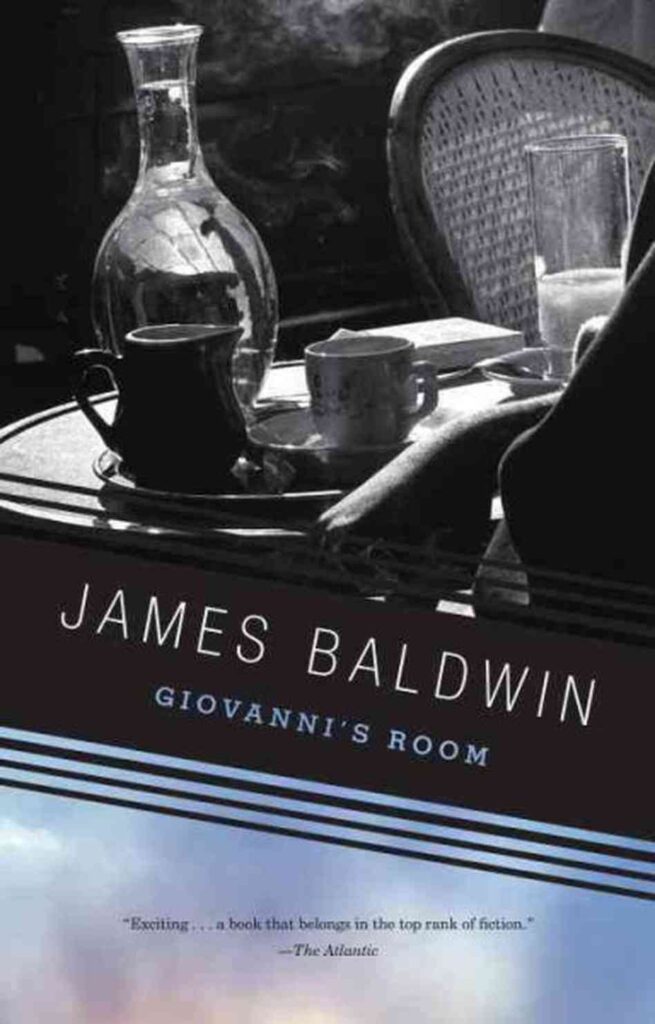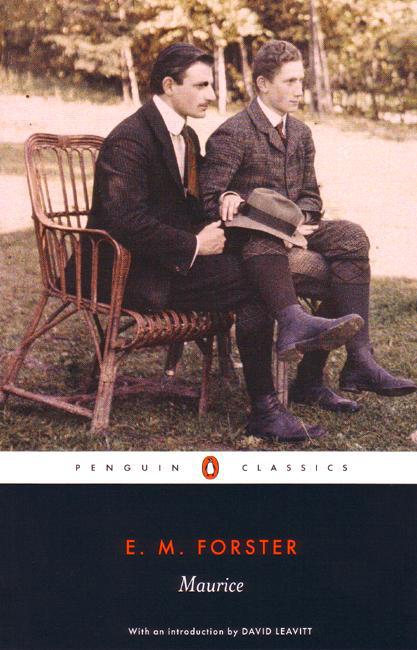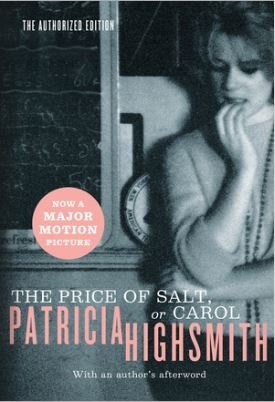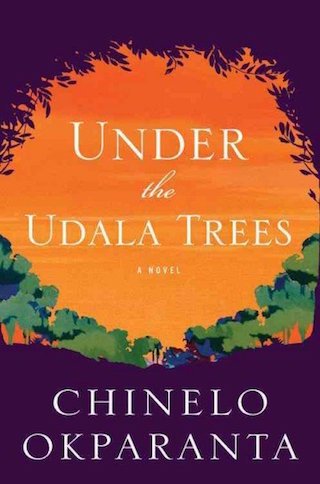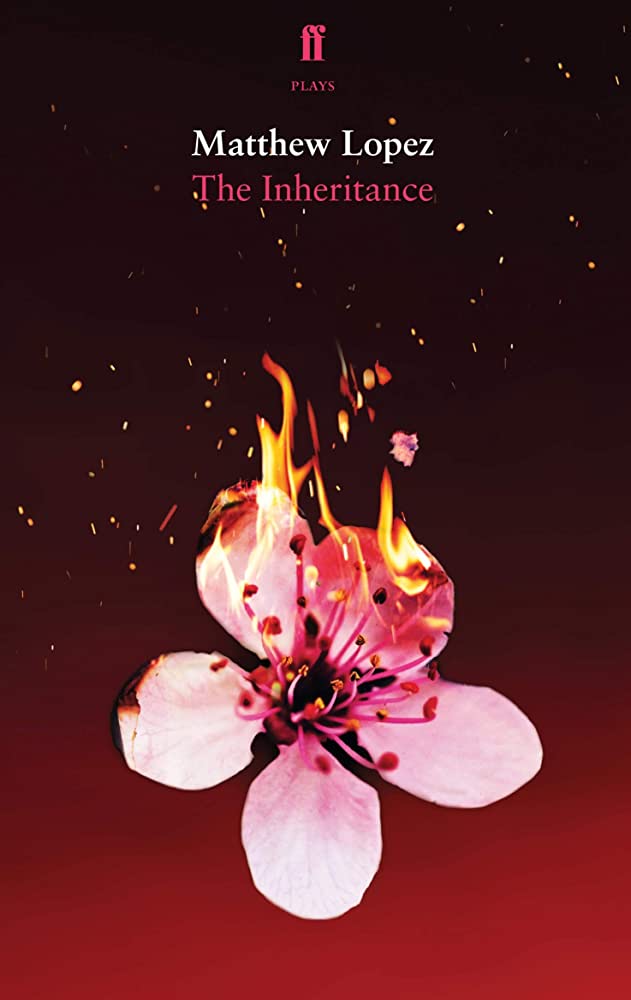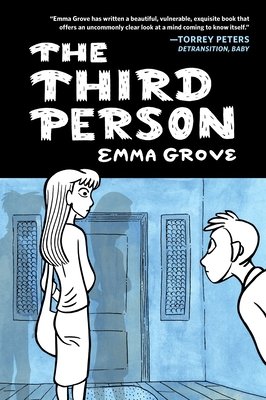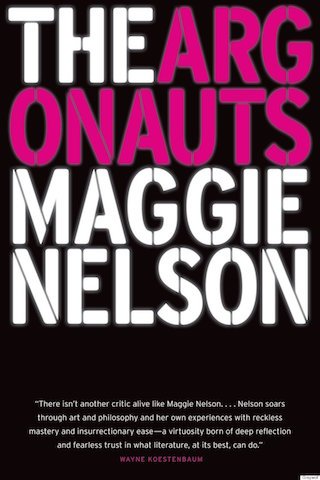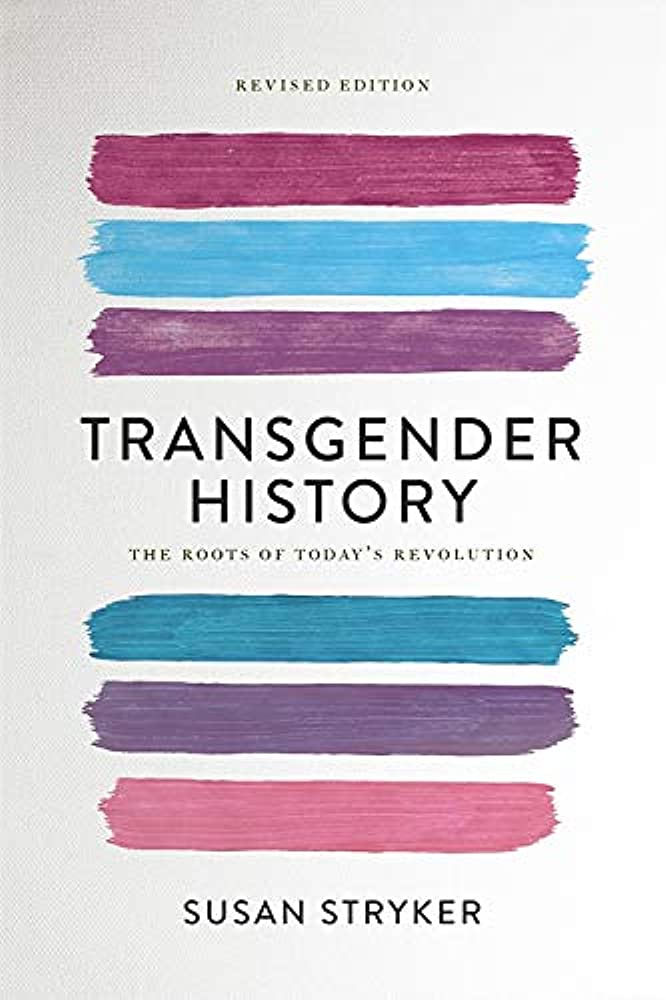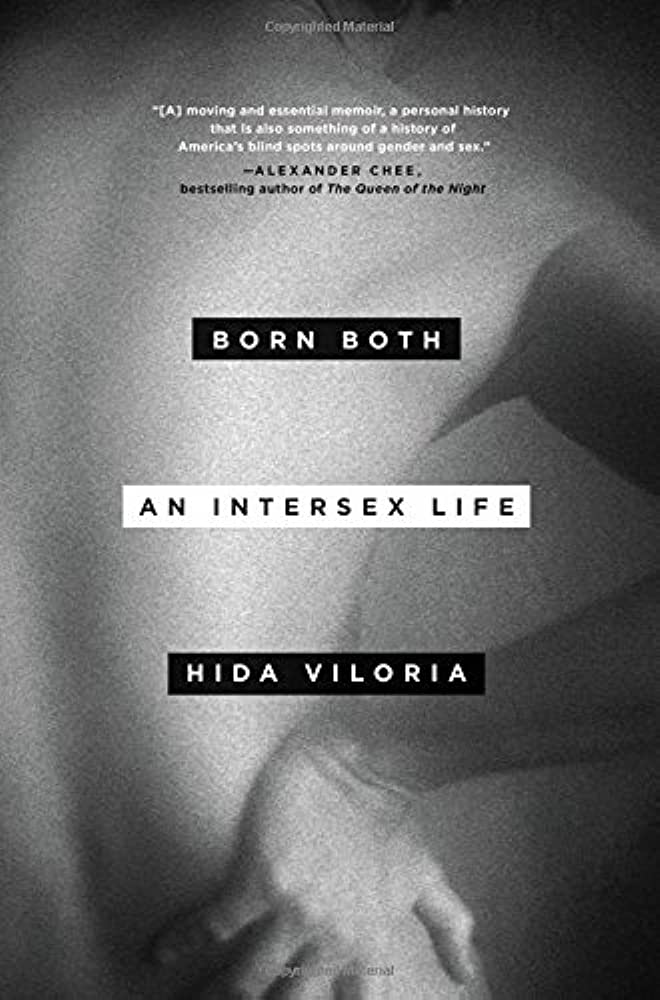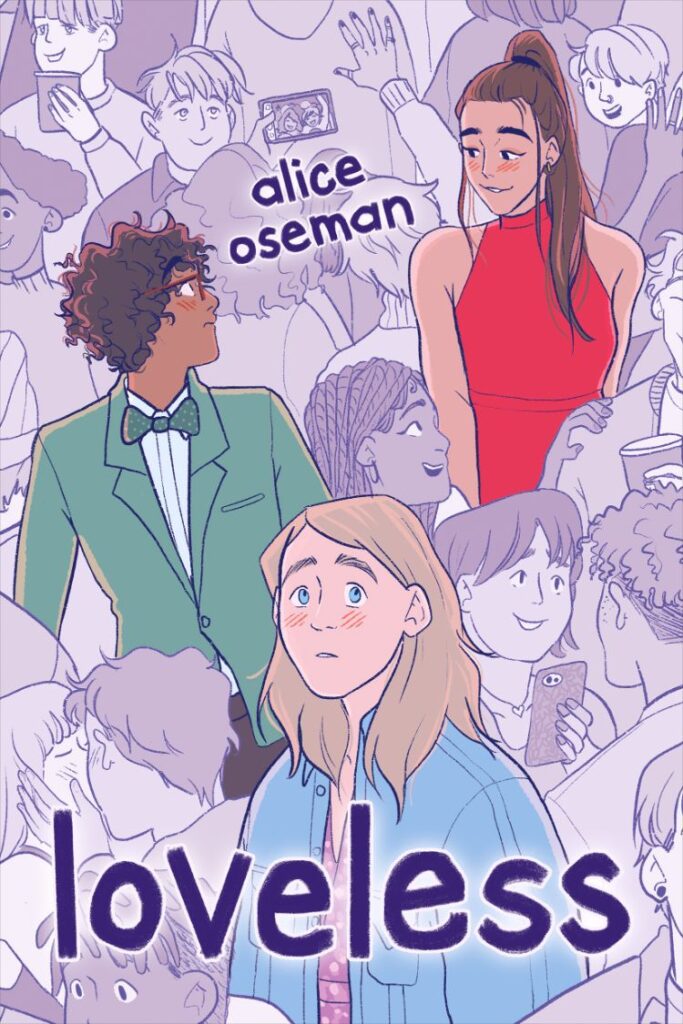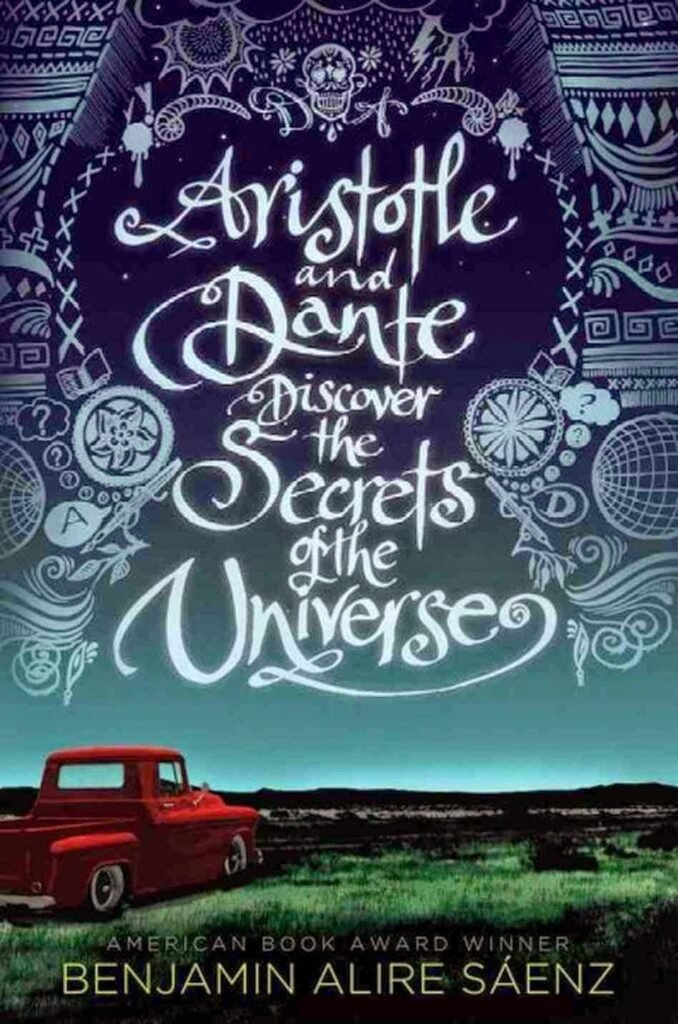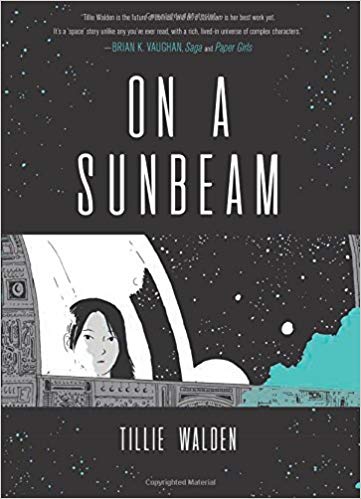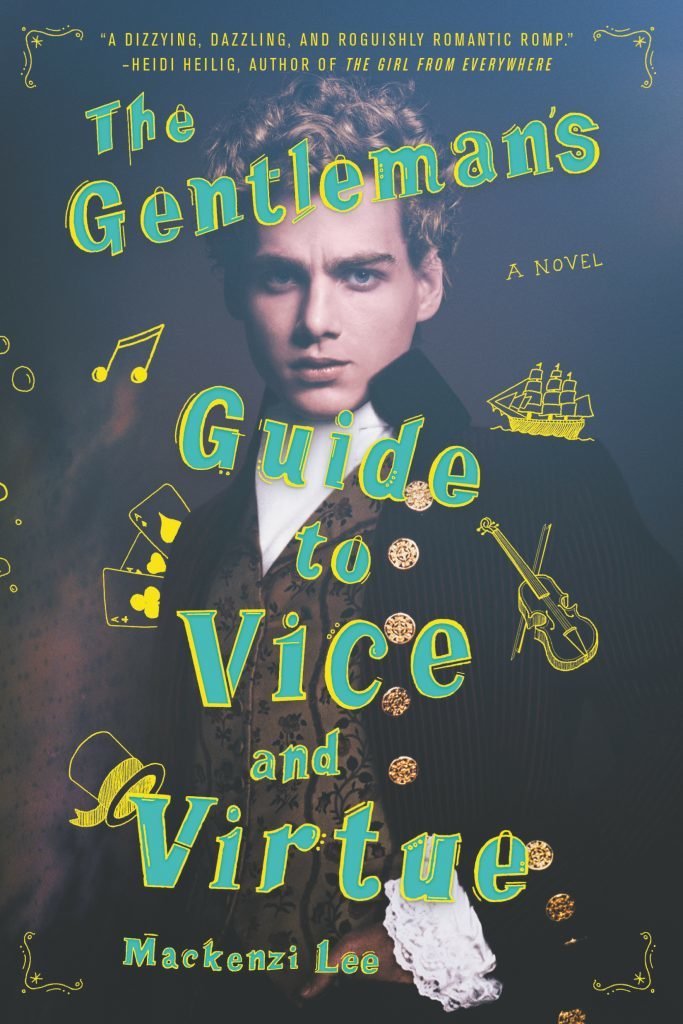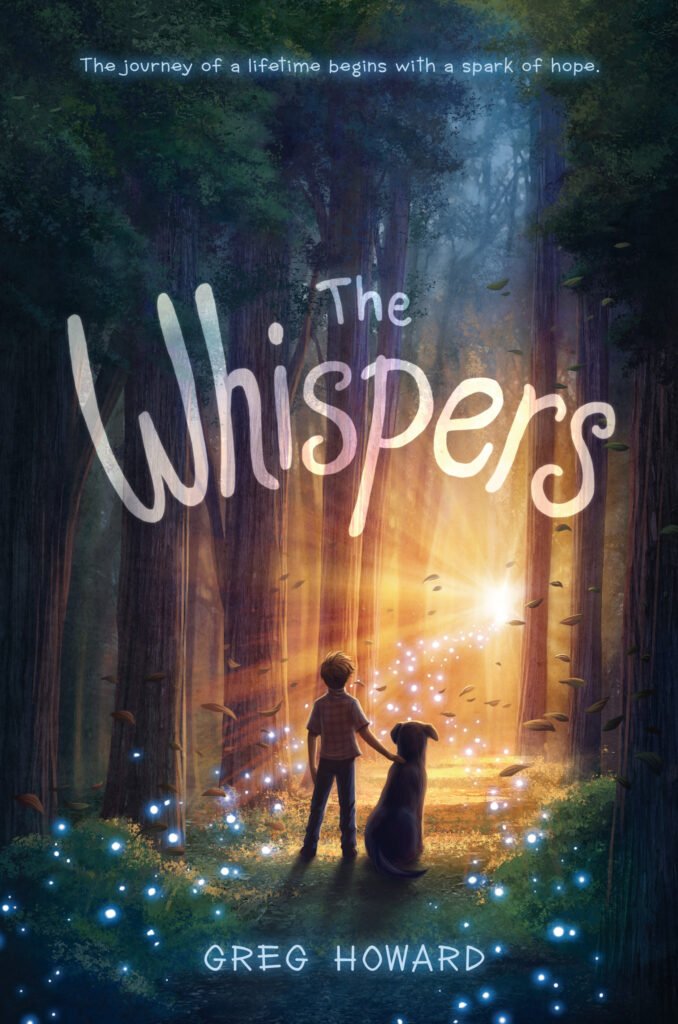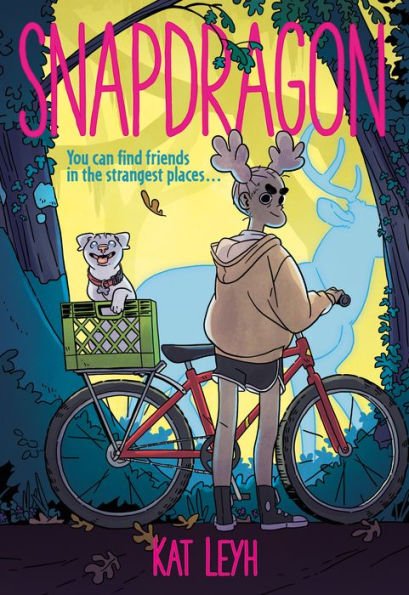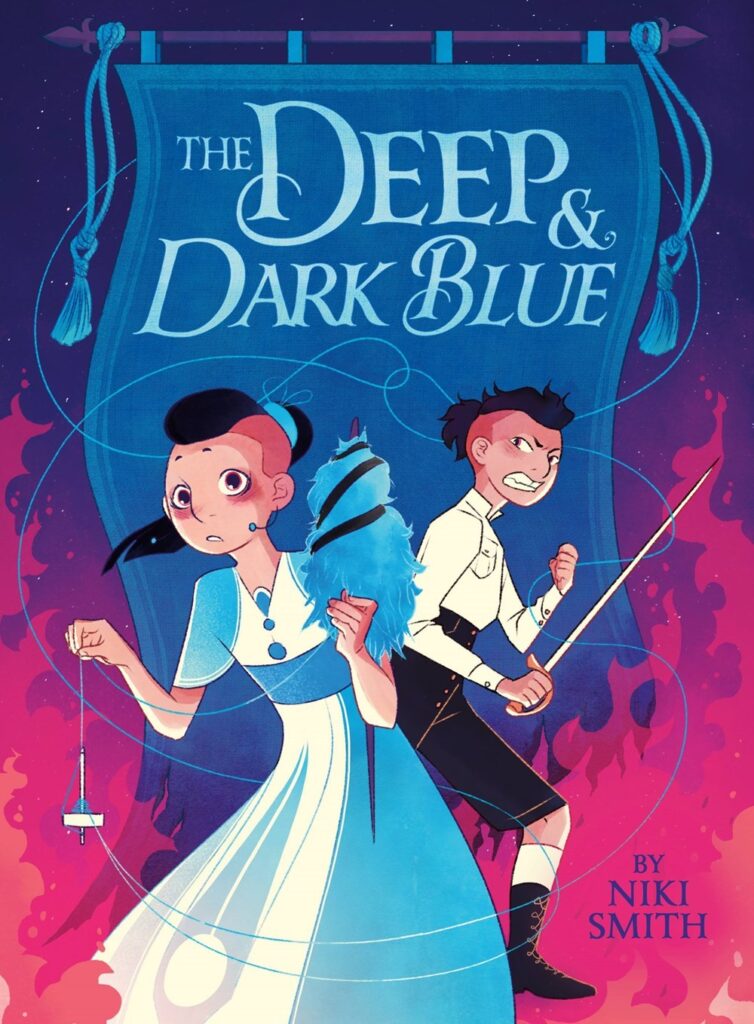By Graham Lier and Ben Warner
Learn more about the LGBTQ+ community with hand-picked choices that include fiction and non-fiction as well as young adults and children’s choices. We hope you enjoy our picks; after you choose a great read, scroll to the bottom of the page to learn some local queer history.
Click the image to be directed to the book in our collection. Hover your mouse over the book cover image to read the description.
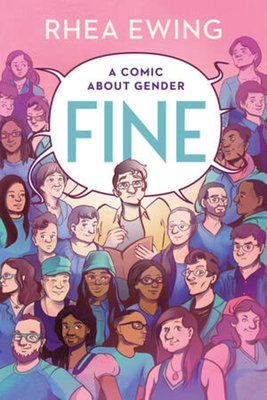 “Fine” by Rhea Ewing A vibrant and informative debut with “great documentary power”, Fine is an elegantly illustrated celebration of the transgender community. As graphic artist Rhea Ewing neared college graduation in 2012, they became consumed by the question, “What is gender?” This obsession sparked a quest in which they eagerly approached both friends and strangers in their quiet Midwest town for interviews to turn into comics. A decade later, this project exploded into a sweeping portrait of the intricacies of gender expression with interviewees from all over the country.
“Fine” by Rhea Ewing A vibrant and informative debut with “great documentary power”, Fine is an elegantly illustrated celebration of the transgender community. As graphic artist Rhea Ewing neared college graduation in 2012, they became consumed by the question, “What is gender?” This obsession sparked a quest in which they eagerly approached both friends and strangers in their quiet Midwest town for interviews to turn into comics. A decade later, this project exploded into a sweeping portrait of the intricacies of gender expression with interviewees from all over the country.
Local Queer Voices and Stories
By Annaclaire Crumpton, Digital Communications Specialist
With the help of information and history sourced from the Queer Memory Project of Northern Colorado, the Library has collected stories of important historical places, people, or events relevant to the LGBTQ+ community here in Fort Collins. Read on to learn about queer history in our area.
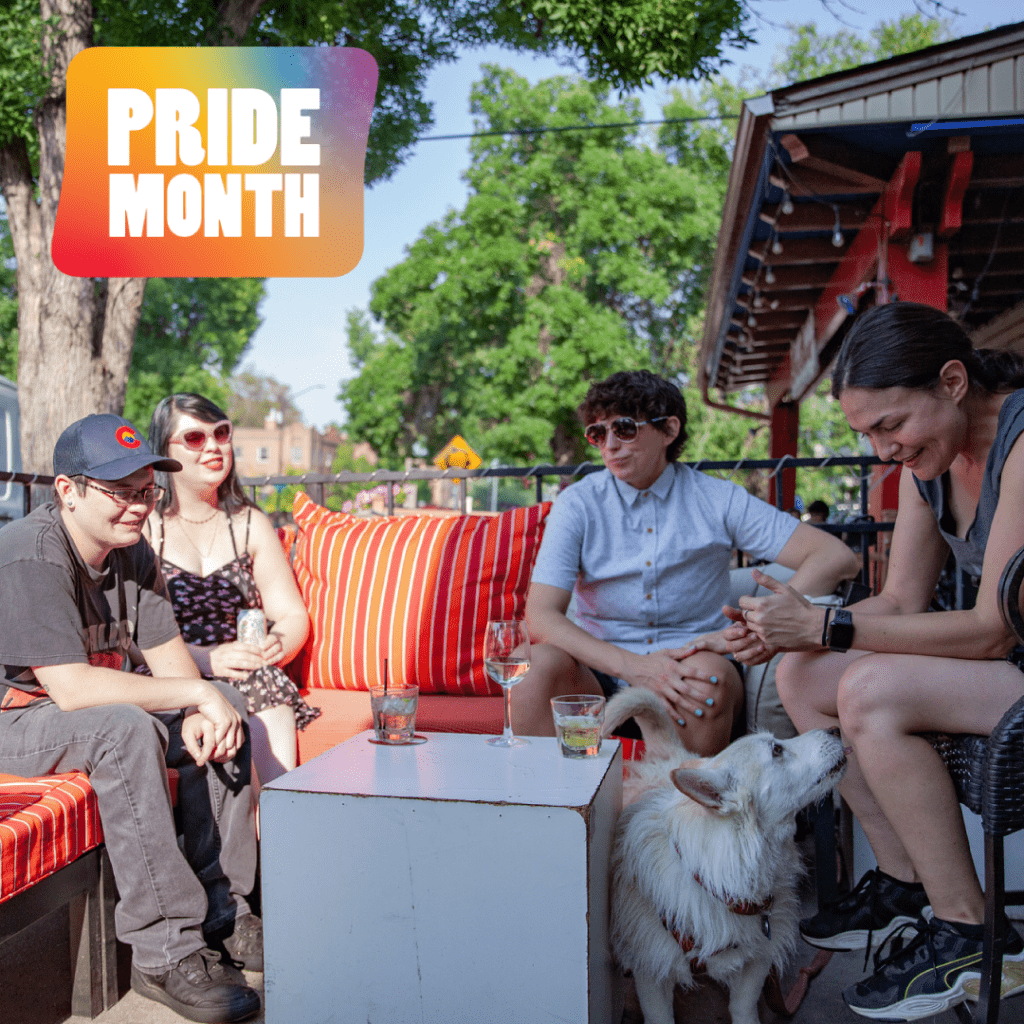
Queer Bars and Spaces in Fort Collins
The Sagebrush Bar and Restaurant opened in 1983 and is the first known gay and lesbian bar in Fort Collins history. Despite challenges from segments of the Fort Collins community, the bar garnered large support from the gay and lesbian community and won unanimous support from the City Liquor Authority. The bar opened at 943 South Lemay Avenue and became a community gathering place for LGBTQ+ individuals. 2 years later, the People’s Bar opened, taking over the space of the Sagebrush Bar before it was damaged in a fire. The owners moved locations following the fire to a new bar called Nightingale’s. In 1991, a gay man was beaten outside of Nightingale’s; the men who perpetrated the beating were never found or arrested. The incident is a defining moment of intolerance towards individuals in the LGBTQ+ community in Fort Collins.
Within the historical record in Fort Collins, there have been at least five different gay and lesbian bars, few of which existed at the same time. Information sourced from the Queer Memory Project of Northern Colorado
📸: Customers at R Bar, the only LGBTQ+ bar in Fort Collins, 2022, City of Fort Collins
Matthew Shepard
Matthew Shepard’s gruesome murder changed the nation and became a defining moment in U.S. history and the LGBTQ+ movement. Matthew, an openly gay freshman at the University of Wyoming, was assaulted, robbed, and left for dead after being tied to a wooden fence by two men in Laramie, Wyoming. He was found the next day and transported to Poudre Valley Hospital where he died five days later. The day after his death, over 600 CSU students, staff, and community members gathered at a candlelight vigil on CSU campus.
The many individuals who mourned Matthew’s death were in stark contrast to the actions of some members of the Pi Kappa Alpha fraternity at a CSU Homecoming parade; two days before his death, an effigy of Matthew with anti-gay slurs sat atop a parade float led by the fraternity which had several members sanctioned following this homophobic and insensitive action.
Matthew is interred in the Washington National Cathedral and was inducted on the National LGBTQ Wall of Honor within the Stonewall National Monument in New York City’s Stonewall Inn (considered by many to be the birthplace of the modern LGBTQ+ rights movement.) In 2007, after multiple failed attempts to include sexual orientation and gender identity as a motivation for a hate crime, the Matthew Shepard and James Byrd Jr. Hate Crimes Prevention Act was passed by Congress. #PrideMonth #LearnYourHistory
📸: The Matthew Shepard Project
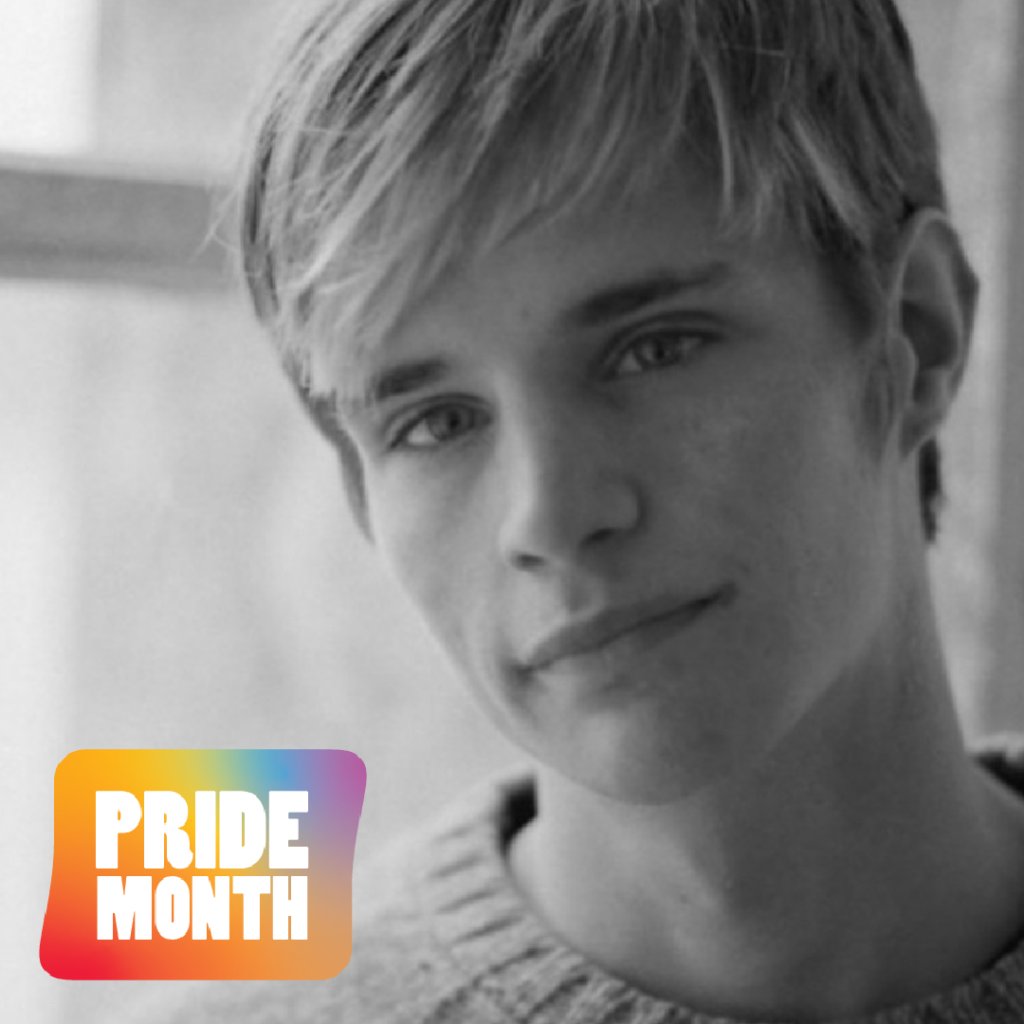
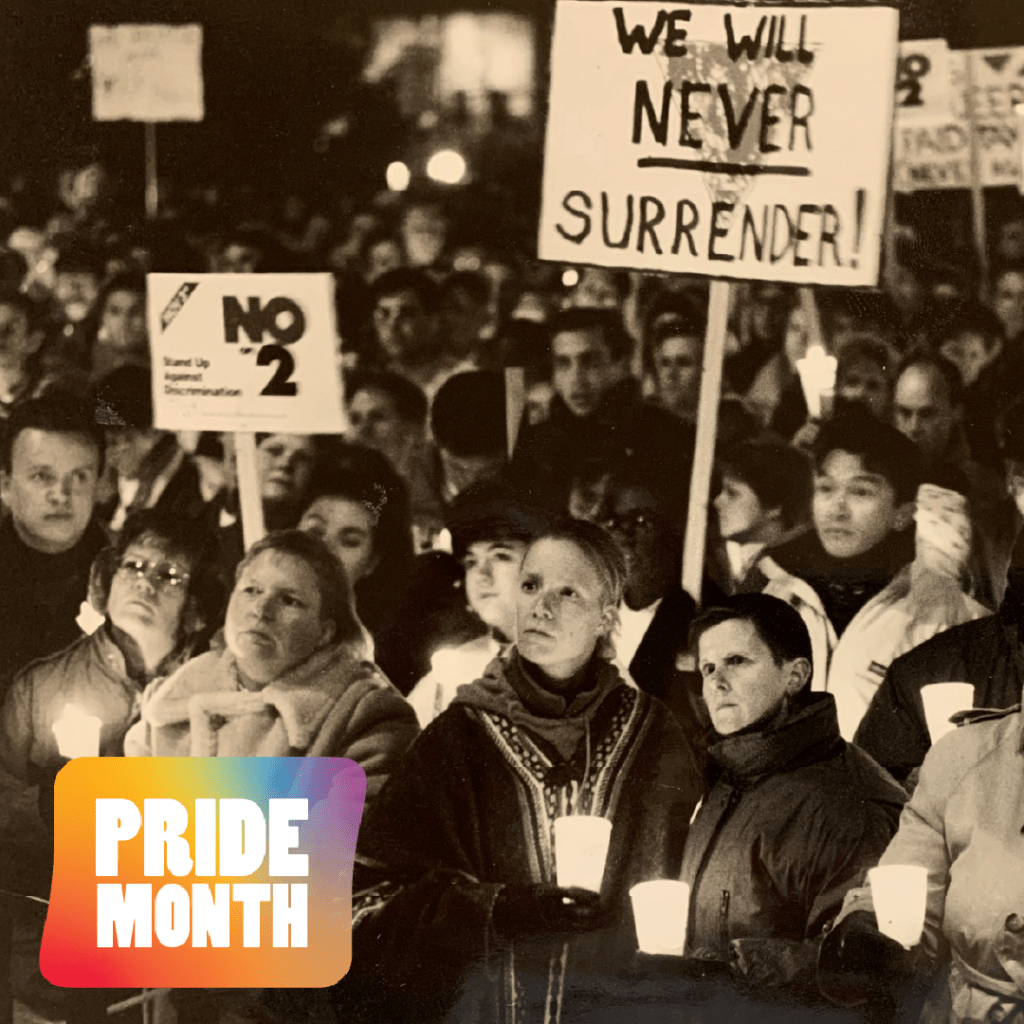
Amendment 2, Colorado
In 1992, Colorado voters passed Amendment 2 which forbid local and municipal governments from protecting individuals from discrimination based on sexual orientation and gender identity. The vote was a rebuke to the cities of Aspen, Boulder, and Denver which had announced citywide policies outlawing discrimination based on sexual orientation.
The Amendment was challenged in Denver District Court and eventually made its way to the Supreme Court in 1995. It became the first case in the nation to address antidiscrimination in regards to sexual orientation and gender identity. The Supreme Court ruled that the amendment violated the US Constitution. Twenty years later in 2015, the Supreme Court ruled that the fundamental right to marry is afforded to same-sex couples by the US Constitution.
📸:Protests against Amendment 2, Denver Public Library
Joann Ginal
In 2012, Fort Collins elected Joann Ginal, a longtime resident and leader in the community to the Colorado State House. Ginal would become the first openly lesbian representative from Fort Collins to serve at a state level and played an integral role in the passing of Colorado’s Civil Union Act in 2013.
The law allowed civil union licenses to be distributed to same-sex in the state of Colorado and though the bill did not afford all the protections of a marriage license, this was a landmark in state history. Same-sex marriage was protected under the US Constitution by the landmark Supreme Court decision Obergefell v Hodges in 2015.
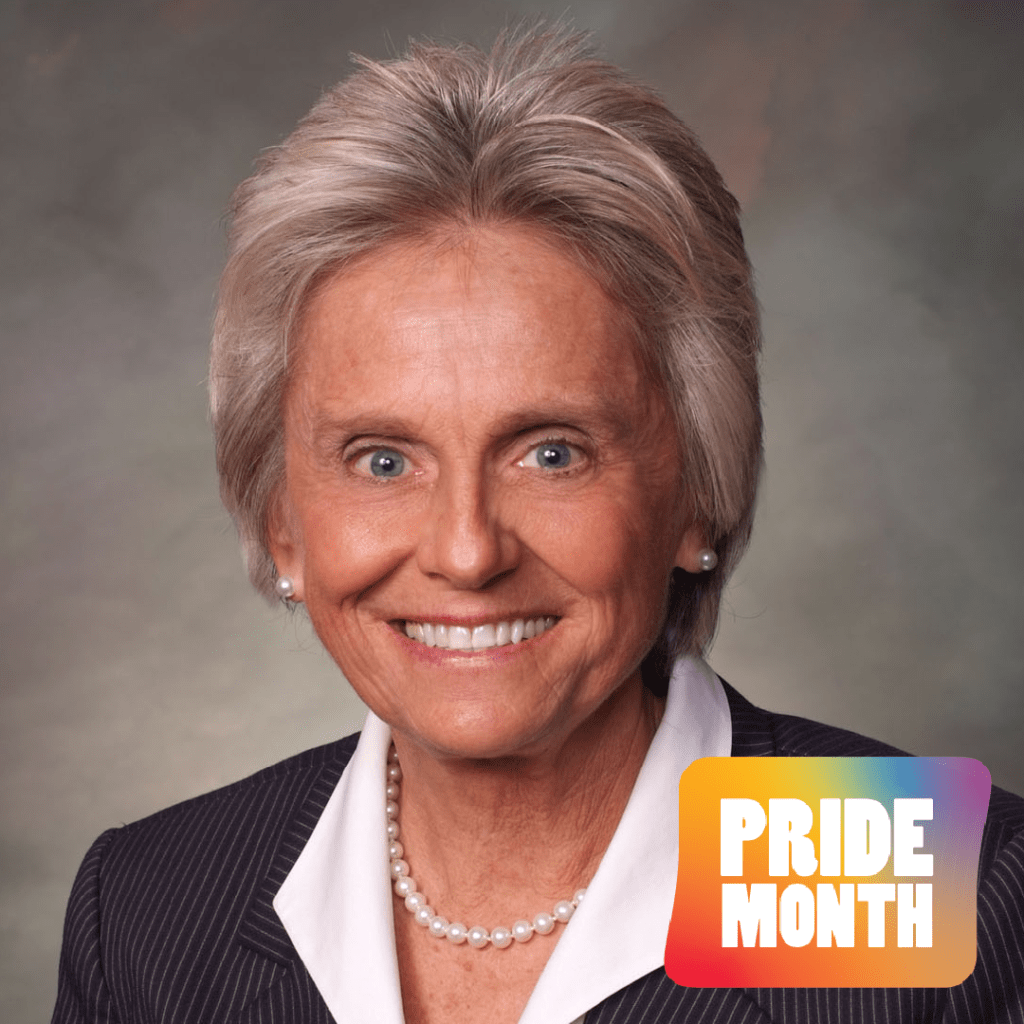
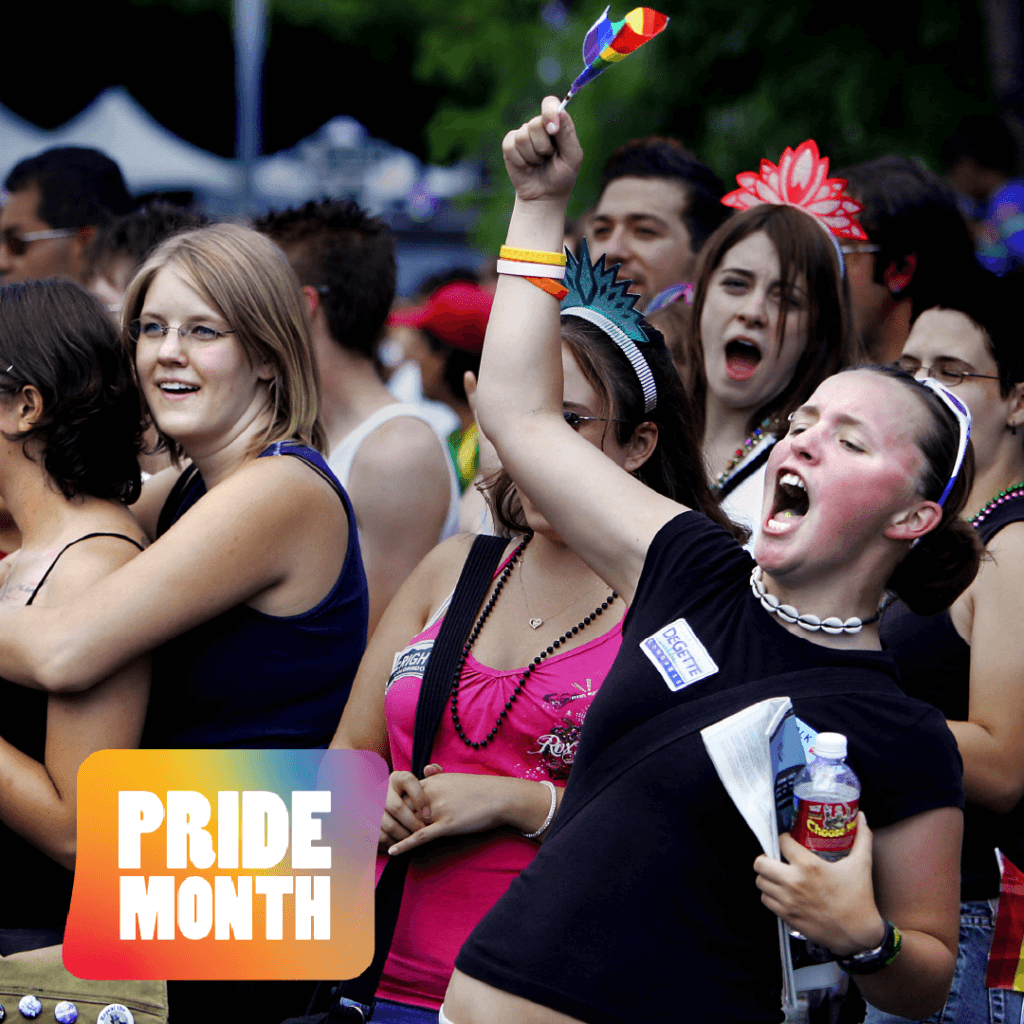
Fort Collins First Pride
When was the first Pride celebrated in Fort Collins? According to the Queer Memory Project of Northern Colorado, the first Pride took place in 1998 in a local park in Fort Collins and involved leading community organizations like PFLAG (Parents, Families, and Friends of Lesbians and Gays) and NCAP (Northern Colorado AIDS Project.) In 2004, there was also a large Pride celebration at our own Library Park called “Pride in the Park.” The event was hosted by the Lambda Center, a former community Center for the LGBTQ+ community that opened in 1994 and closed in 2011. The 2004 Pride celebration was attended by over 500 people and is considered one of the largest events of its kind in Fort Collins.
Have you learned something about queer history in Northern Colorado with our Pride Month campaign? Explore so much more information via the Queer Memory Project of Northern Colorado. 📸: Denver Pride, Denver Public Library

